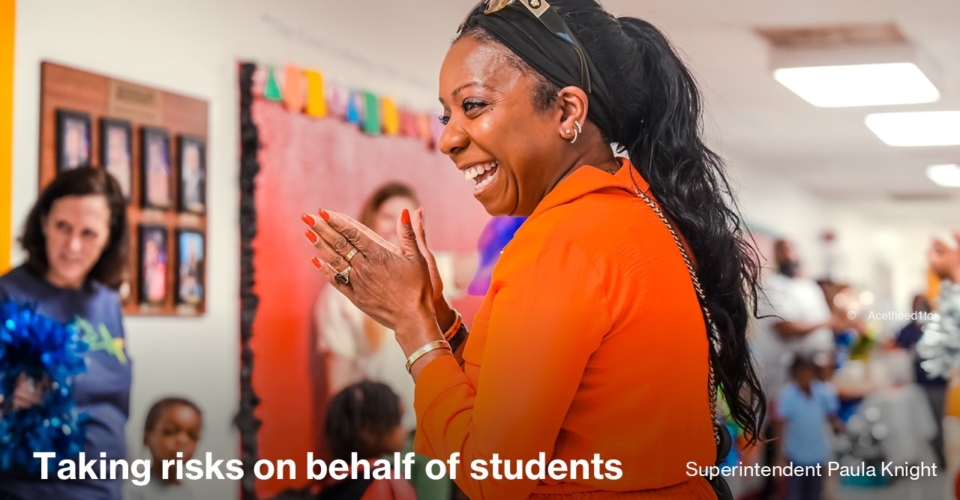Three years ago, we were looking for a communication platform to enhance school-to-parent outreach efforts to promote greater family engagement and collaboration at our 40 schools. Our communications team in Cherokee County Public Schools was using a messaging system that wasn’t as user-friendly as our principals would have liked. They wanted to be able to drill down into specific subgroups, grades, and classes.
We began looking for another option and conducted a request for proposal process. After making our selection, we were deliberate with our rollout and first piloted the two-way communications program in 2020, expanding it out across all of our schools in 2022.
Here are five steps that we took to ensure a smooth and successful implementation of our communication platform:
1. Make sure the technology aligns with your district’s overall goals: When we look for new technology solutions, we strive for strategic alignment with our district’s Blueprint priority areas. Those areas include (but aren’t limited to) being able to communicate across multiple audiences, streamline district processes, use feature-rich platforms, and achieve hard and/or soft cost savings. The school-home communication platform checked off these and other Blueprint boxes with a single solution.
2. Start with a pilot group: We started using the platform with a specific group of elementary, middle and high schools. This allowed us to introduce it slowly while also garnering feedback from principals and teachers. Because it was 2020, and the nation was in the early stages of the global pandemic, we decided that this phased-in implementation approach would be best. We didn’t want to mandate the platform’s use across the board because everyone was just doing what they could do to get through the day at that point.
3. Put the platform to the test: The decision to switch to ParentSquare would prove invaluable as our district worked through myriad pandemic-related challenges. For example, our team crafted ways to communicate important information about COVID exposures, quarantines and other issues. I can’t even imagine how many messages we were sending per day through the platform during that initial pilot period.
4. Show everyone how to use it: Having garnered feedback from our schools throughout the pilot period, we combined the vendor training with our own guidance to help new users. For example, we advised teachers and principals to be deliberate with their communications and to focus on two to three messages per week. We didn’t want to inundate the recipients, knowing that if they receive too many messages, they’ll just tune them out.
5. Find new ways to get more out of your technology investment. We’ve been able to save paper and related costs by using our communication platform to distribute our code of conduct and student handbook to all families and students. The hard copies were going to cost $130,000 to print and send. Instead, we can now send those documents out with links. That covered the statute requirement and saved the district a great deal of money.
School communications platform puts the focus on education
Our new platform not only manages family community engagement but also helps us improve our district’s operational efficiencies. For the most part, we’re no longer putting the burden on our staff at the schools to print and mail things anymore. That creates a positive impact on our climate and lets teachers focus on their core goal of educating our students.
More from DA: Are districts working hard enough to make teaching a more desirable job?



